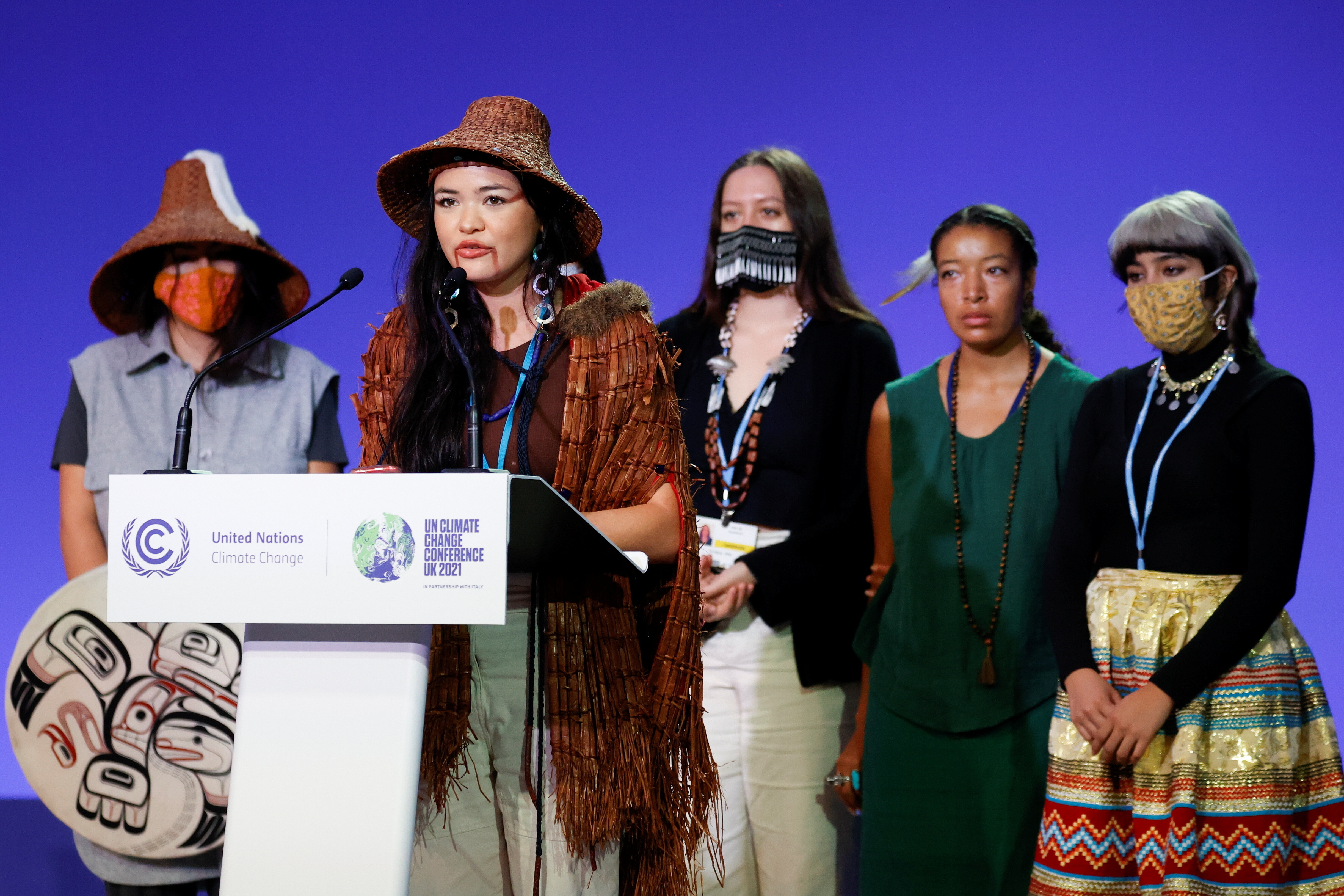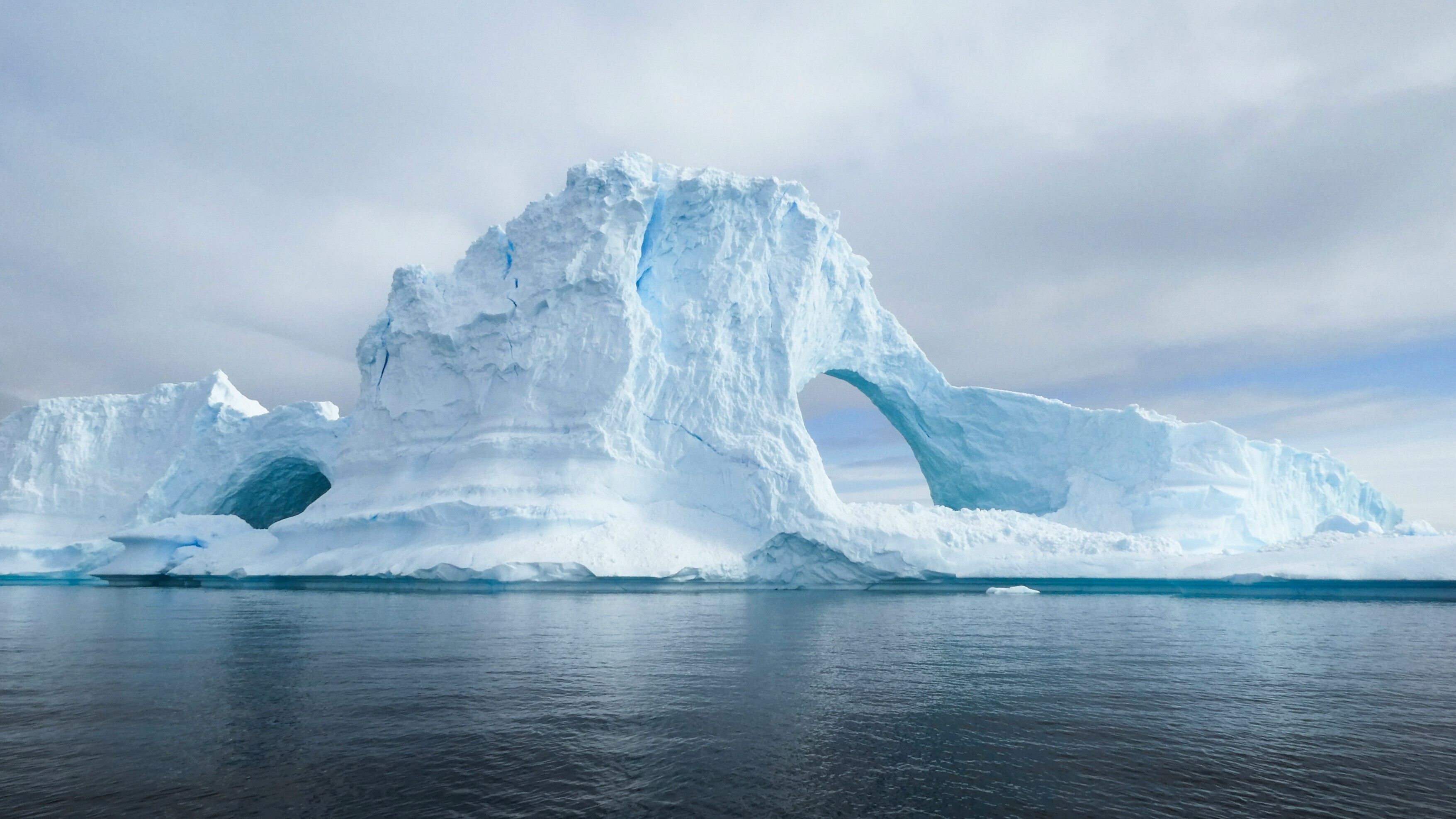Cooling Japan: How innovative materials are tackling heatwaves

As heatwaves become regular, new technologies are being developed to mitigate extreme heat.
Image: Unsplash/Bingnan Li
- The increase in global temperatures has led to a significant rise in heat stroke-related deaths in Japan, with numbers escalating from an average of 67 per year before 1993 to 1,253 annually from 2020 to 2022.
- New technologies are being developed to mitigate the effects of extreme heat on people and crops, including heat-releasing clothes, ultraviolet (UV) and heat-blocking parasols and agricultural sheets.
- Collaboration between public and private sectors is crucial in developing and disseminating heat-protective products.
Heat waves are again hitting global climates in the hottest decade in recorded history. This temperature rise has had a significant impact worldwide, including on people’s health and agricultural productivity. While long-term solutions to combat climate change are essential, addressing the extreme heat we are currently experiencing is also urgent.
Statistics from Japan’s Ministry of Health, Labour and Welfare reveal a stark increase in heat stroke-related deaths: from an average of 67 per year before 1993, the number rose to 1,004 annually between 2010 and 2019 and 1,253 per year from 2020 to 2022.
During the week of 15-21 July 2024, the Fire and Disaster Management Agency reported that 9,078 people were hospitalized for heat stroke across Japan. In response to the forecasted heat wave, the Japanese government is reinstating electricity and gas subsidies for three months starting in August as they anticipate more air conditioner use following the end of previous subsidisation in May.
According to a Ministry of Health, Labour and Welfare report, construction workers who perform physical labour outdoors in hot weather experience the highest number of deaths from heat stroke. This data highlights the need for heat protection solutions indoors and for those spending significant time outdoors in extreme heat.
The recent heat wave has also severely impacted crops. In Hakodate City, which recorded the highest number of days with temperatures over 30 degrees Celsius since records began in 1872, dozens of tons of pumpkins were discarded due to discolouration from strong sunlight.
Excessive corn yield forced some farmers to discard about 60,000 plants to stabilize prices, resulting in nearly 10 million JPY losses. Additionally, some farmers gave up growing tomatoes after 700 to 800 kilogrammes per day to become defective or fall below standards.
According to the World Economic Forum’s Global Risks Report 2024, extreme weather is the top long-term risk for the next decade. Therefore, the current heat wave is not temporary but will be a recurring event, so prompt action is needed to address the risks of extreme heat.
Heat-reducing materials
Parasols have become increasingly popular in Japan to shield against the heat. About 10 years ago, it was almost exclusively women who used umbrellas to avoid UV rays. However, with the development of special fabrics that block heat, more children and men are using the accessory.
For instance, Summer Shield, a special fabric developed by Toray, blocks more than 99% of UV rays, has a reflective and light-blocking effect of 99.9% and provides a heat-blocking effect of -4 degrees Celsius or more. With its ability to create a cool shadow around the head, such parasols have been recommended for heat stroke prevention.
Parasol designs in Japan have also become more diverse and user-friendly for all ages and genders. For example, Ogawa Co., Ltd. has focused on safety, making it easier for children to use parasols to and from school by reducing sharp edges and adopting colourful designs.
Another popular product, especially among construction workers, is the Kuchofuku (air-conditioned uniform)®, which features a built-in fan in the jacket. This fan blows air to dry perspiration, expelling warm air and replacing it with cooler outside air to keep the body cool. Since its launch in 2004, improvements have included stain-resistant, flame-retardant and water-repellent materials.
In an interview, Koji Ichigaya, chairman of Kuchofuku Co., Ltd., shared that a user reported, “I used to go to the hospital seven to eight times every summer for intravenous drips but since I started wearing Air Conditioning Clothing, I have never gone to the hospital.”
In the agricultural sector, companies such as Inovex and KOIZUMISEIMA CO., LTD., alongside Toray, have developed special sheets and nets for greenhouses. The challenge has been that these products often block the heat and light necessary for plant growth. However, innovations are addressing this issue.
A tomato farmer who has used KOIZUMISEIMA’s greenhouse nets noted the lower temperature inside their greenhouse – about 2 degrees Celsius cooler. That means such farmers no longer have to harvest early in the morning to avoid the heat, improving efficiency. Meanwhile, the fans set to run when temperatures exceed 30 degrees Celsius now operate less frequently, saving energy.
Accept our marketing cookies to access this content.
These cookies are currently disabled in your browser.
Public-private cooperation on heat protection
Public and private sector cooperation is essential for developing and disseminating parasols, greenhouse nets and sheets that provide better heat protection.
More umbrella usage for heat protection is promoted through events and campaigns by local governments. For example, in 2018, the Tokyo Metropolitan Government and eight surrounding prefectures collaborated to hold a free parasol rental event. According to the Ministry of the Environment, the heat index (WBGT) measured at the event showed that parasols reduced the WBGT by 1-3 degrees Celsius, effectively taking the heat stroke alert level down one notch.
The website also offers valuable tips for preventing heat stroke in areas lacking street foliage. Recommendations include wearing quick-drying shirts and using parasols, which can be as effective as planting street trees at 10-meter intervals. The City of Kawasaki highlights the benefits of parasol use by featuring thermal imaging photos on its official website, visually demonstrating the temperature differences with and without a parasol.
In the agricultural sector, Toray, in collaboration with Ishikawa Prefecture, the Ishikawa Agricultural Support Organization and local tomato farmers, formed the “Consortium for Building a Highly Profitable Facility Horticulture Model Using New Heat Shielding Materials” in 2018.
Together, they have developed a greenhouse sheet that reduces the average daytime temperature inside by up to 3 degrees Celsius to protect crop quality and yield from high temperatures. Lightweight and easy to handle, it is slated for release in spring 2025.
These heat-blocking sheets can be used for curtains and awnings, as well as parasols and greenhouse sheets, to help manage rising indoor temperatures.
As extreme heat is expected to worsen, we can’t underestimate the importance of strengthened public and private sector cooperation to scale the development and promotion of heat-protective products and minimize the detrimental effects of high temperatures.
Don't miss any update on this topic
Create a free account and access your personalized content collection with our latest publications and analyses.
License and Republishing
World Economic Forum articles may be republished in accordance with the Creative Commons Attribution-NonCommercial-NoDerivatives 4.0 International Public License, and in accordance with our Terms of Use.
The views expressed in this article are those of the author alone and not the World Economic Forum.
Forum Stories newsletter
Bringing you weekly curated insights and analysis on the global issues that matter.
More on Climate Action and Waste Reduction See all
Sarah Franklin and Lori Ferriss
November 12, 2025
Alejandra Castro, Cassio Ferreira, Ana Gonzalez Pelaez and Nathanial Matthews
November 11, 2025
Sha Song, Wee Kean Fong and Laia Barbarà
November 11, 2025
Martin Siegert and Heïdi Sevestre
November 11, 2025
Sophia Mendelsohn
November 10, 2025




